Sensors already equip a range of tools to enhance monitoring capacity for conservation. Some of the higher bandwidth technologies, like camera traps and acoustic monitoring systems, have been essential elements of the conservation toolkit for decades, and thus have enough users that we've created dedicated WILDLABS groups to address them. But a whole range of lower bandwidth sensors beyond these core technologies are being increasingly integrated into conservation monitoring systems, and offer rich new insights into the wildlife and ecosystems we're all working to protect. As with many technologies, cost and access have historically been challenges to the adoption of new sensors, but with low-cost and open-source solutions on the rise, we're excited to see what the future of this space holds.
Getting Started with Sensors:
- Watch Shah Selbe's Tech Tutors episode on scaling FieldKit, an open-source conservation sensor toolbox, from a project to a successful conservation tech product.
- Check out our Virtual Meetup about Low-Cost, Open-Source Solutions in conservation tech, including a talk by Alasdair Davies on the Arribada Initiative's work with thermal sensors in early warning systems.
- For a more in-depth introduction, watch the first video in our datalogger mini-series: Freaklabs: How do I get started with Arduino?
In this group, you'll meet others who are using and innovating diverse sensors in their work, discuss ways to make sensors more effective & accessible for conservationists, learn about what sensors are already helping us accomplish in the field, and have the opportunity to ask and answer questions. Join this group to get started!
Header image: Emma Vogel, University of Tromsø
Max Planck Institute of Animal Behavior
Behavioral Ecologist
- 1 Resources
- 1 Discussions
- 14 Groups
Wildlife Drones
Wildlife Drones has developed the world’s most innovative radio animal-tracking system using drones so you can track your radio-tagged animals like never before.


- 18 Resources
- 8 Discussions
- 32 Groups
International Union for the Conservation of Nature (IUCN)
Key Biodiversity Areas Programme Officer, IUCN



- 0 Resources
- 89 Discussions
- 8 Groups
- @raquelgo
- | (she/her/hers)
- 0 Resources
- 0 Discussions
- 17 Groups
American Museum of Natural History
- 1 Resources
- 8 Discussions
- 10 Groups
- @Andrew_Hill
- | He/Him
Open Acoustic Devices
I am co-founder of Open Acoustic Devices, the creators of AudioMoth and HydroMoth. My background is Electronic Engineering and Computer Science.



- 0 Resources
- 10 Discussions
- 2 Groups
- 0 Resources
- 0 Discussions
- 17 Groups
PhD Candidate at University College London. Research and develop wireless sensor networks for biodiversity monitoring. Currently working on a software package for AI bioacoustics classifiers on edge device.
- 0 Resources
- 2 Discussions
- 9 Groups
- 0 Resources
- 0 Discussions
- 1 Groups
Saint Louis Zoo
- 0 Resources
- 0 Discussions
- 13 Groups
- @alex_rogers
- | He/him/his
University of Oxford
I am a Professor of Computer Science at the University of Oxford where I work on developing novel low-cost conservation technology (including AudioMoth and SnapperGPS).



- 0 Resources
- 21 Discussions
- 3 Groups
- @PshemekZ
- | he/him/his
IT + nature
- 0 Resources
- 7 Discussions
- 8 Groups
Community Announcement
Whether you spent the last year working in the field, lab, at home, or virtually, the WILDLABS community's conservation tech achievements were on full display in our annual #Tech4Wildlife Photo Challenge! Relive our...
25 March 2021
National Geographic is offering funding up to up to $50,000 for conservationists conducting research on how the pandemic has impacted wildlife and conservation work. If you are interested in researching aspects of the...
10 March 2021
Article
Today we're celebrating the #Tech4Wildlife Photo Challenge by shining a spotlight on one of our favorite WILDLABS collaboration success stories: the BoomBox! This collaboration between Dr. Meredith Palmer, Jacinta ...
26 February 2021
How can drones and ATVs protect black-footed ferrets from the plague? In this case study from WWF's Northern Great Plains Program, Black-footed Ferret Restoration Manager Kristy Bly discusses how delivering vaccines to...
17 February 2021
Our friends at FieldKit are excited to announce the official launch of the FieldKit! These open source environmental sensing hardware modules are now available for pre-sale in the FieldKit store. You can also read about...
11 February 2021
Last year, Tim van Deursen and Thijs Suijten shared their new "Hack the Poacher" system with us, presenting a unique way to detect poachers in real-time within protected national parks. Read on to learn about their...
29 January 2021
This month, WILDLABS member Drew Cronin shared the new paper "Empowering rangers through technology and innovation." This collaborative effort included several members of the WILDLABS community and leadership, and...
27 January 2021
In this case study from WWF's Northern Great Plains Program, Black-footed Ferret Restoration Manager Kristy Bly discusses how infrared FLIR cameras help teams detect and monitor the highly endangered black-footed...
19 January 2021
As we launch our new Sustainable Fishing Challenges group in the WILDLABS community, we are excited to welcome Daniel Steadman, the group manager, to give us an overview of three major areas in which #tech4wildlife...
4 December 2020
Hey Acoustic Monitoring and AI for Conservation community members - don't miss Rainforest Connection's Species Auto Detection Kaggle competition, open for to competitors and teams now! Participants will have the chance...
24 November 2020
The latest issue of WWF's Conservation Technology Series is about drones and is designed for a broad audience of conservationists. Containing ten case studies, scientific literature, and handy information on getting...
18 November 2020
Community Announcement
WILDLABS is celebrating its five year anniversary! Throughout the rest of 2020, we'll be sharing articles, community features, and case studies showcasing the incredible projects, collaborations, and successes that this...
17 November 2020
November 2023
event
16 Products
Recently updated products
117 Products
1 R&D Projects
81 Organisations
Recently updated products
Recently updated R&D Projects
Recently updated organisations
| Description | Activity | Replies | Groups | Updated |
|---|---|---|---|---|
| Hi all, Some ETAG rfid-readers developped by Eli Bridge et al. are now avaible at https://www.labmaker.org/collections/earth-and-ecology/products/etag. The price is high,... |
|
Sensors | 4 years 10 months ago | |
| Hi all, Some ETAG rfid-readers are now avaible at https://www.labmaker.org/collections/earth-and-ecology/products/etag. The price is high, though: USD139. Yvan |
|
Sensors | 4 years 10 months ago | |
| I'd love to chat more! I'll be reaching out soon! |
|
Sensors | 4 years 11 months ago | |
| Yes im hoping the power bank and a few extra mp3s will get it done this year. will look into a better system this winter now that I have some help:) |
|
Sensors | 5 years ago | |
| Please see my edits above |
+4
|
Sensors | 5 years ago | |
| We are developing a Raspberry Pi 4 sized SDR --- frequency range 20Mhz-6GHz. Rx Sensitivity around 120 --- higher is possible with some... |
|
Sensors | 5 years ago | |
| Dear all, I am currently developing a method to extract subgroups from dynamic network data. My current use case is data collected on... |
|
Sensors | 5 years 2 months ago | |
| I need to play a loop of sound to desensitize animals for project. The system needs to be solar powered 24/7 for 2-3 months. I have solar... |
|
Sensors | 5 years 2 months ago | |
| Hi all, we have been developing low cost open source proximity loggers for small animals (minimum logger weight is currently 1g) and we are... |
|
Sensors | 5 years 5 months ago | |
| Hi Alasdair- Currently the Lepton is not on the list. If you would, please fill out the form on this webpage and request the Lepton be added - I will also bring it... |
|
Sensors | 5 years 11 months ago | |
| Hi all, I am currently working on my grad film project, and I'm looking for UK environmental projects using the Raspberry... |
|
Sensors | 6 years ago | |
| Although this article focuses on agriculture in Australia, a lot of the IoT principles that are being used can also possibly be used for... |
|
Sensors | 6 years ago |
Text Messages from Teenage Gannets
25 April 2016 12:00am
Eggs Eggs and more Eggs
2 March 2016 1:05pm
Underwater sensors
18 March 2016 12:39am
Could Big Data Have Saved Cecil the Lion?
4 January 2016 12:07pm
12 February 2016 7:16pm
It's very interesting what you say about the strength of a name. I do think that anthropomorphism can be a good thing in the case of conservation. By giving Cecil a name and a life story (incidentally a very cosy British name, which is interesting in itself), it brings the issue into emotional focus. We are attracted to characters and stories, not data. The plight of a named lion strikes a stronger chord than the numbing statistic of 600 "un-named" lions dying every year.
So do we care more about nature if we make anthropomorphise it? I think yes, as it creates a relatable personal connection with our own lives.
I'd like to get in touch with you next week as this is an area I am very interested in exploring and I hope I can be of help. Paul
14 March 2016 4:37pm
We're just starting to look a lot at Storytelling in Wildbook (http://www.wildbook.org).
This is what a data profile looks like in Wildbook:
http://www.whaleshark.org/individuals.jsp?number=A-001
While we allow for basic anthropomorphism via nicknaming, it's still a very data centric view of what a combined group of reserchers knows about the animal.
We have experimented with social media profiles which interestingly have an analogous data schema as mark-recapture:
http://fb.wildme.org/wildme/public/profile/WS-A-001
But we want to go ever further with storytelling mediums (e.g., story maps?) that can be automated from scientific data input, especially where cit sci data and reserch data can be reliably mixed.
So in addition to a name, we want to build a relationship through a portrayal of its life history and even potentially a view of the social network of the animal participates in (if such data can be shared safely.).
16 March 2016 7:22am
That's great Jason. I think your approach can be very successful. I'm a little bit familiar with Wild Book through my contacts at IBEIS, who I believe you work with quite closely. I'd love to see how the work we are doing at Internet of Elephants can incorporate whale shark data. I'll message you separately to discuss.
An Internet of pigeons?
14 March 2016 4:16pm
Ecotech Grants from the Captain Planet Foundation
18 February 2016 12:00am
Bringing Conservation Technology to Life
17 February 2016 12:00am
Wildlife Crime Tech Challenge: Winners Announced!
22 January 2016 12:00am
Deep Coral Reef Exploration and Discovery: Two-way Technological Flow
24 December 2015 12:00am
Cheap Space, DIY Imaging and Big Data
21 December 2015 12:00am
The Impact of the Internet of Things
10 December 2015 12:00am
The Social Lives of Conservation Technologies and Why They Matter
2 November 2015 12:00am



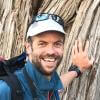

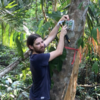

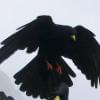
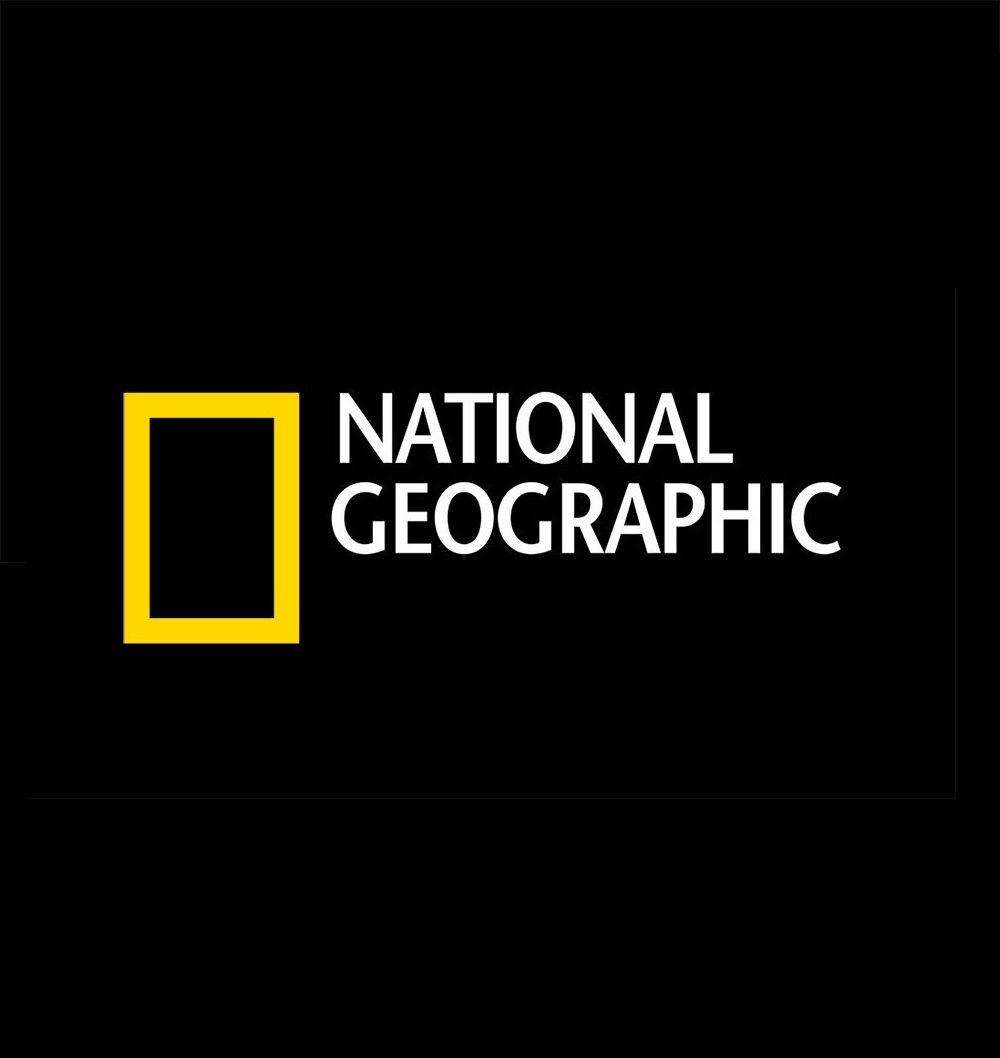


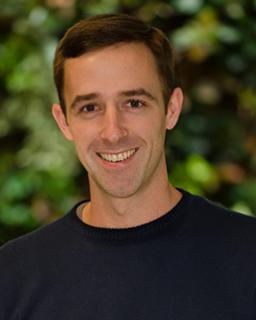
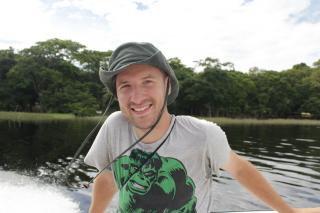



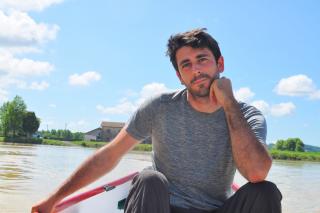







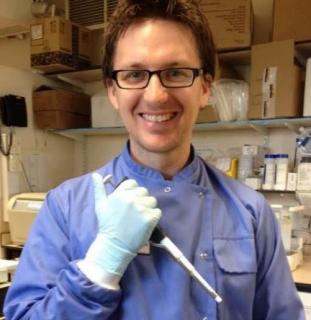





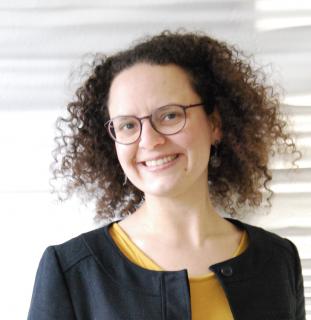
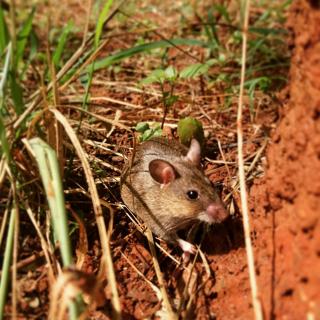
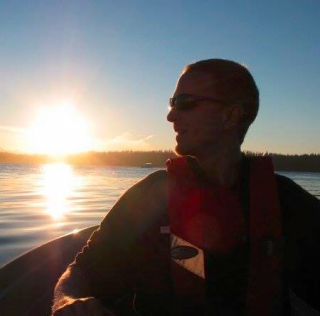


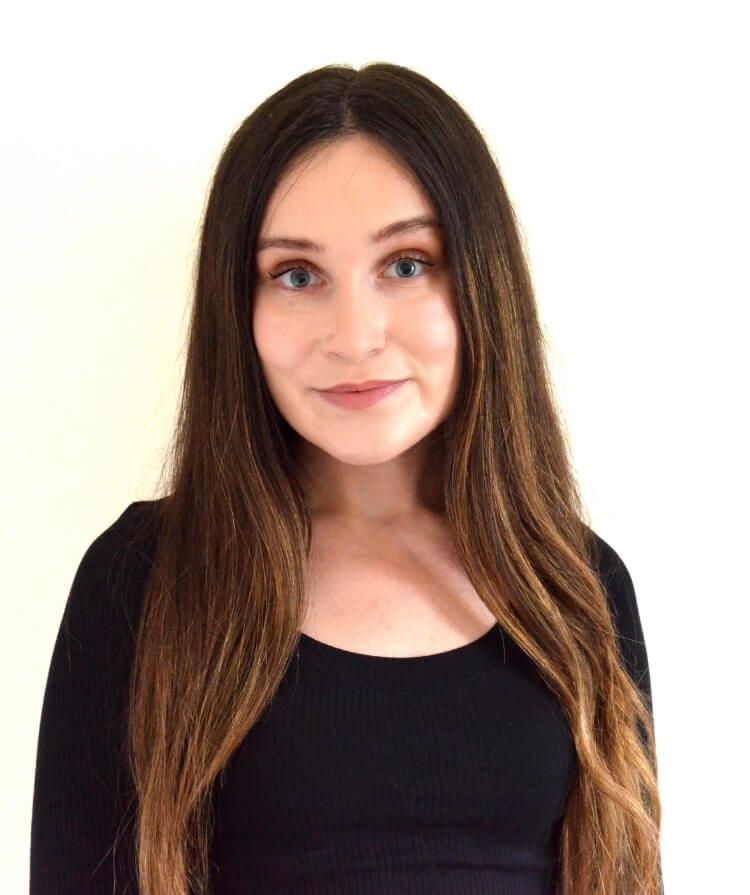


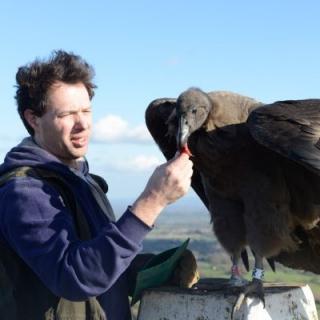

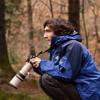


24 March 2016 4:42pm
Latest news about this project was picked up by the BBC world service for a short interview
http://www.bbc.co.uk/programmes/p03nwl8g
You can also read more here:
http://spectrum.ieee.org/geek-life/hands-on/build-an-electronic-vulture-egg